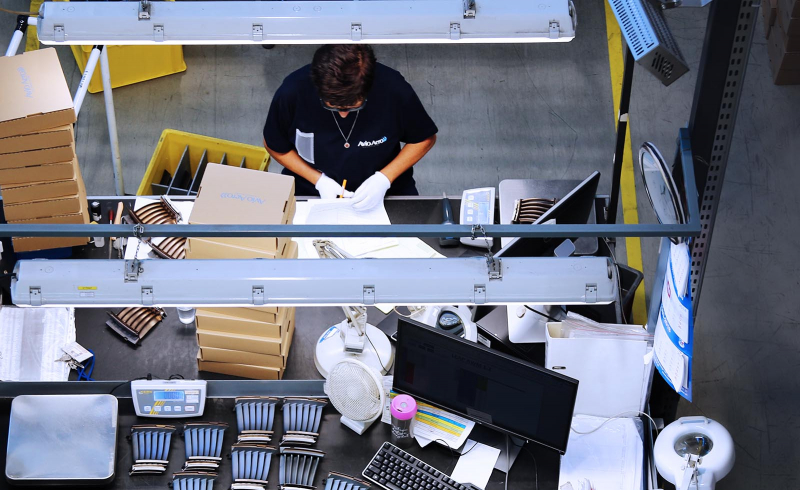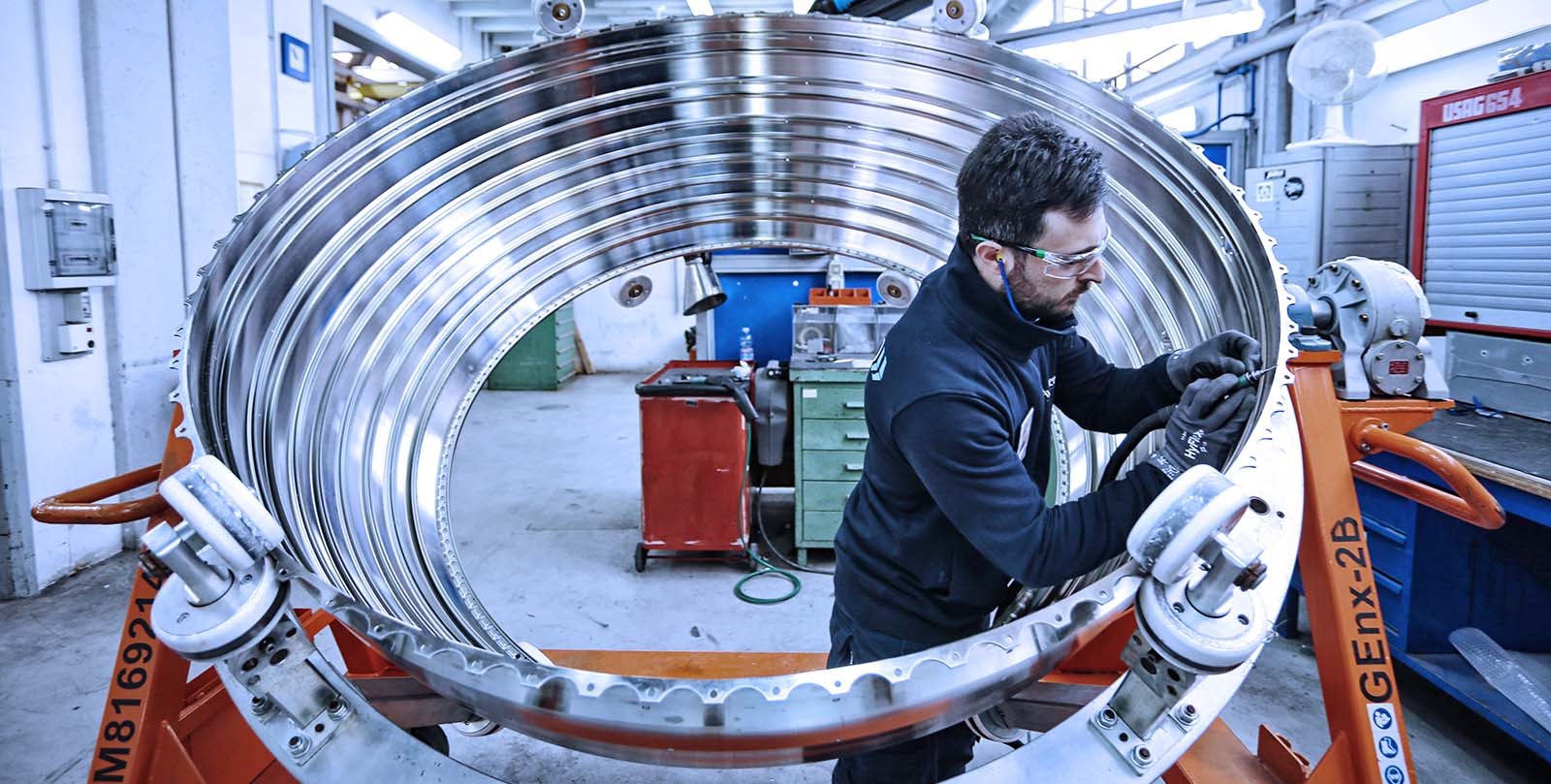Invent
Quality Check
The standards for continuous quality improvement originate from far away and have landed in the aviation sector thanks to Avio Aero professionals, immersed in the Lean culture.
Nov 2021
Advanced Product Quality Planning (APQP) is a process that started in the 1980s in the automotive world to improve the quality of products, then later also becoming a standard for the aerospace sector.
Avio Aero has adopted this methodology since 2011, structured to work on quality in a proactive and preventive way. At that time, as part of our industrial collaboration with customer Pratt & Whitney, we first approached APQP and helped make it an industry standard by working with the International Aerospace Quality Group, IAQG, helping to define the “Supply Chain Handbook 2012” guidelines, as well as the 9145 standard, issued in early 2017.
Understanding its importance right from the very start, Alberto Trovati, head of the New Production Introduction Quality team, which represents Avio Aero in the international working group, closely followed the work to define the standard, which is not merely a way of setting more rules, but a different way of working that has quality at its center.
“With APQP, we work in a preventive manner,” Trovati explains, “well before series production starts, with the ultimate goal of customer satisfaction rather than cost reduction. Until 2017, there were few customers requesting APQP applications. Today, any new contract requires it, and the most significant step is to apply it even when not expressly requested by the customer. This is in fact what Avio Aero is doing on all new programs, such as the mechanical transmission for the Light Single-Engine Helicopter (LSH) or the updating of the mechanical transmission for the Korean helicopter Surion, achieving quality improvements and delivering performance.”
“We mustn’t be fooled by the structured methodology that might bring to mind a dry system of procedures,” adds Trovati, highlighting how much such a vision of quality represents a true cultural approach to product design and development. “Thinking in advance of possible problems or risks that might have a negative impact means choosing the path of continuous improvement. This is why APQP can be fully integrated into the Lean culture”.
In fact, whenever you start a new engine program - or a program where significant changes are made - starting with the best possible assumptions is preparatory to the Kaizen work, which should bring benefits in a relatively short period of time. Bringing to light the problems from which solutions arise is a common goal of Lean and APQP.
"We mustn’t be fooled by the structured methodology that might bring to mind a dry system of procedures, thinking in advance of possible problems or risks that might have a negative impact means choosing the path of continuous improvement"
“Precisely because we’re working at the mindset level, there’s a staff training pathway that helps to manage this new way of working,” continues Carlo Fenoglio, Advanced Industrial Technology Leader at Avio Aero. “We shouldn’t limit ourselves to transferring knowledge related to the APQP framework, but rather we should get people used to breaking out of the silos of their respective skills. To be successful, a program must be managed by a multifunctional team that includes all stakeholders and, at its core, collaboration as the determining element. Even project leadership is no longer unique, but is taken on by different teams depending on the project phases. This allows teams to respond to day-by-day priorities while keeping the future in sight.”
Trovati continues by saying that what is significant is that there’s no going back. “The logic of prevention has replaced the logic of reaction. Being part of the working group that defined these standards - which includes both engine companies and aircraft manufacturers - has allowed us to really identify all the requirements needed to meet the needs of aviation customers and also share them with the supply chain.”
Avio Aero’s experts firmly believe that the APQP, if adopted from the outset, provides the best benefits: “it’s like a blank sheet of paper on which we define all the necessary steps. The result is that the product under development complies with the customer’s specifications, within the required time and production capacity. The results are proving us right and the culture changes when people see that it works.”







